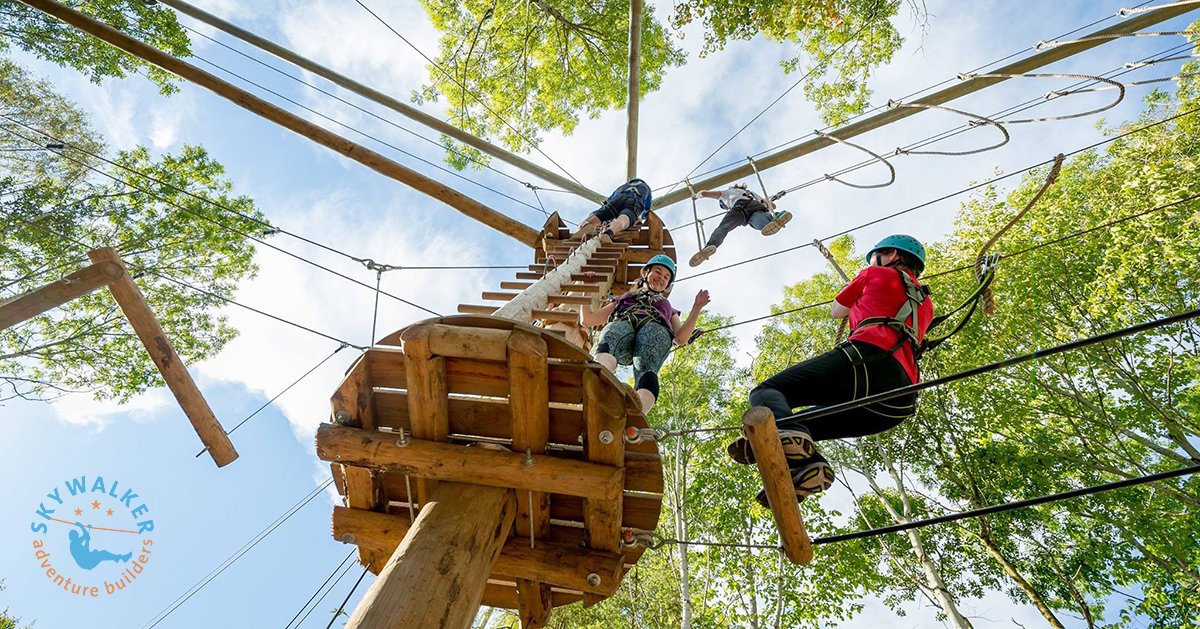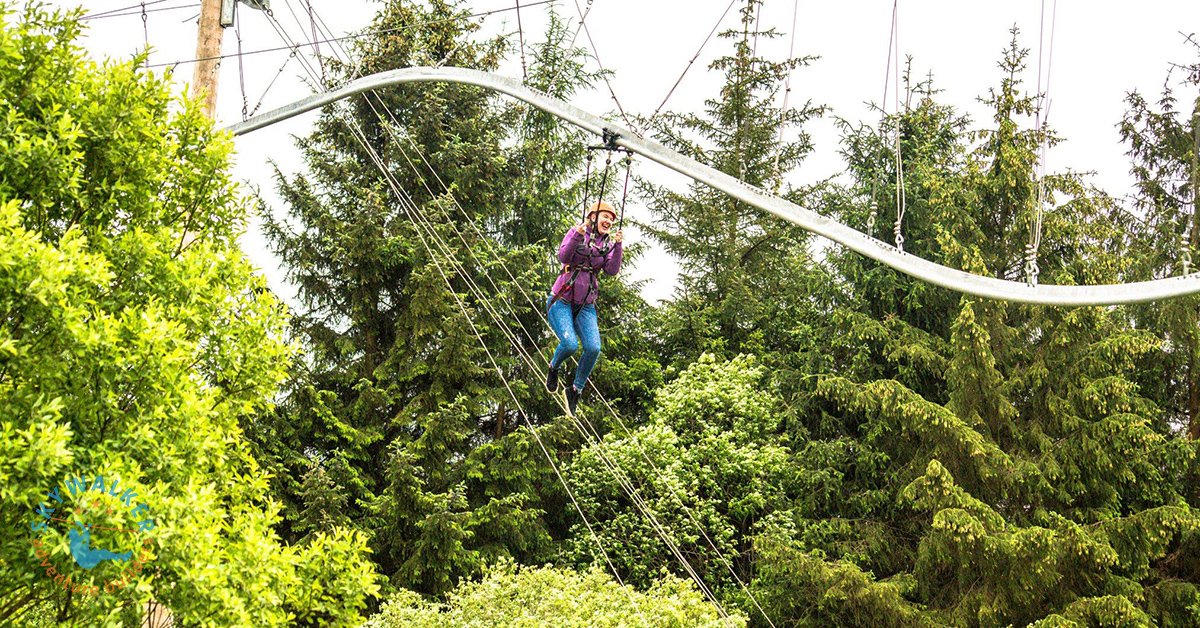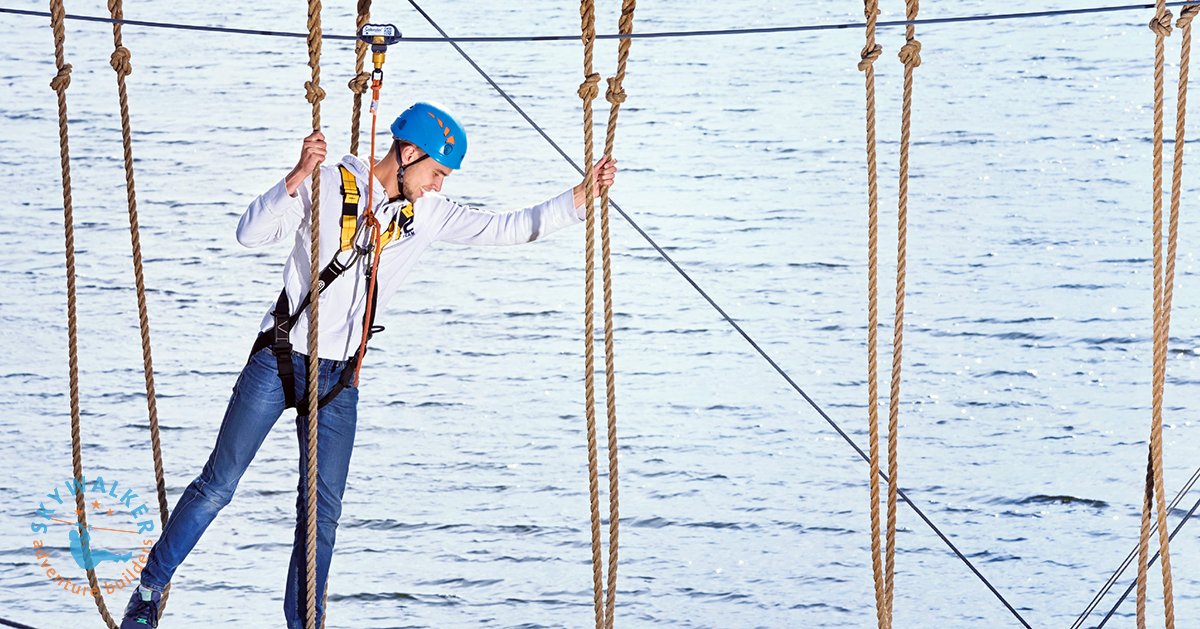Imagine yourself high above the ground, navigating a challenging ropes course. As you cross a shaky rope bridge, a thought crosses your mind: is this structure safe? Rest assured, the thrill of adventure is matched by a commitment to safety. This is where annual ropes course inspections come into play, acting as your unseen guardians to ensure every component is secure and reliable.
Why Are Annual Ropes Course Inspections Important?
Just like a car requires regular maintenance to function smoothly, ropes courses need thorough inspections to prevent potential safety hazards. Consider the implications of a frayed cable snapping mid-zipline—definitely not the excitement you signed up for!Annual inspections serve as a comprehensive health check for your ropes course. They ensure that every element, from metal carabiners to wooden platforms, is in excellent condition. This not only protects participants but also provides peace of mind for operators, knowing they are offering a safe and enjoyable experience.
What Happens During an Annual Ropes Course Inspection?
Picture a team of skilled inspectors meticulously examining every part of your ropes course. They aren't just looking for obvious damage; they're like detectives searching for subtle clues that might indicate potential problems. Here's what they typically focus on:
- Visual Inspection: Inspectors conduct a detailed assessment to identify signs of wear and tear on cables, ropes, platforms, and other components. A frayed rope or rusty carabiner could signal the need for immediate attention.
- Functional Testing: Inspectors simulate participant experiences by testing each element of the course. This includes climbing walls, navigating bridges, and ziplining to ensure everything operates smoothly and safely.
- Component Assessment: Inspectors examine each component meticulously, from carabiners and lanyards to harnesses and pulleys, ensuring they meet safety standards and haven't exceeded their lifespan.
- Documentation Review: Inspectors review maintenance logs and operational procedures to confirm compliance with safety protocols. This paperwork trail is crucial for maintaining a safe ropes course.

Beyond the Basics: Advanced Inspection Techniques
The world of ropes course inspection has evolved beyond visual checks and functional tests. Advanced technologies are now employed to enhance safety measures:
- Magnetic Rope Testing (MRT): This non-destructive technique allows inspectors to see inside wire ropes, revealing hidden damage or internal corrosion that could compromise strength.
- Resistograph: Often used on trees supporting ropes courses, this tool detects hidden decay or weaknesses in wood that could affect structural integrity.
Who Can Conduct Annual Ropes Course Inspections?
Just as brain surgery requires a qualified neurosurgeon, annual ropes course inspections demand expertise. These inspections should only be conducted by certified inspectors who possess in-depth knowledge of ropes course safety standards and regulations. Look for inspectors familiar with EN 15567, the European standard for ropes courses, and LOLER (Lifting Operations and Lifting Equipment Regulations) for ultimate peace of mind.
Keeping the Fun Flowing: Benefits of Regular Inspections
Annual inspections are more than just routine checks; they offer numerous benefits for both operators and participants:
- Enhanced Safety: Regular inspections minimize the risk of accidents and injuries, ensuring everyone can enjoy the experience without unnecessary worry.
- Peace of Mind: Operators can be confident their course is safe and compliant, allowing them to focus on providing an exceptional experience for guests.
- Extended Equipment Life: Addressing minor issues early helps prevent major breakdowns and costly repairs, extending equipment lifespan.
- Reduced Liability: Regular inspections demonstrate a commitment to safety, potentially mitigating legal issues in case of an accident.
Conclusion
Annual ropes course inspections are essential for ensuring a safe and thrilling experience. They act as invisible safety nets, allowing participants to enjoy the adrenaline rush without compromising safety. By partnering with qualified inspectors and embracing regular inspections, operators can create an environment where fun and safety coexist harmoniously.
FAQs
- How often should ropes courses be inspected?
- Besides annual inspections, ropes courses require routine visual checks before each use and operational inspections every 1-3 months.
- What happens if an issue is found during an inspection?
- Inspectors provide a detailed report outlining any problems found. Depending on severity, some elements might need temporary closure for repairs or replacement.
- Can I conduct my own ropes course inspections?
- While proactive safety measures are commendable, certified inspectors should conduct annual inspections due to their expertise in identifying potential issues.
- What qualifications should a competent ropes course inspector have?
- Look for inspectors with rigorous training and certifications in standards like EN 15567. Experience in construction or operations is also beneficial.
- How much do annual ropes course inspections cost?
- Costs vary based on the size and complexity of your course but consider it an investment in participant safety and equipment longevity.

Additional expert information on the Adventure Business
Interested to read more about the Adventure Business with our expert articles?
- Logistics and throughput in Adventure Parks, key elements in Customer satisfaction
- Profitable Upgrades for Aerial Adventure Parks
- Integrating Gaming Technology into Adventure Parks
- Optimizing Adventure Park Operations: The Power of Predictive Analytics
- The Benefits of Integrating Urban Adventure Play in Commercial Retail
- Creating Profitable Adventure Parks: Tips and Strategies
- Roller Coaster Zipline: The Thrilling and Profitable Amusement Solution
- Prioritizing Safety: The Key to Success in Aerial Adventure Parks
- Maximize Your Adventure Park's Potential with an Online Reservation System
- Importance of a Safety and Quality Management System at Adventure Parks
- Virtual Reality Training in Adventure Parks: Revolutionizing Skill Development and Safety
- Climbing to New Heights: Boosting Traffic and Revenue with an Indoor Ropes Course
- How to Launch a Zip Line Company
- Ride a bike modified to attach to a zipline cable
- Adopting Universal Design and Adaptive Techniques for Inclusive Adventure
- From Skills to Thrills: How to Start and Run a Successful Adventure Business
- Thinking of investing and operating a Zipline? We got you covered with this expert article!
- Rope Course Construction: A Comprehensive Guide
- Leisure and Adventure in Retail Real Estate: The Future of Shopping
- The Benefits of Netted Attractions for Operators and Guests
- Thrills Adventure for Family Entertainment Centers’













